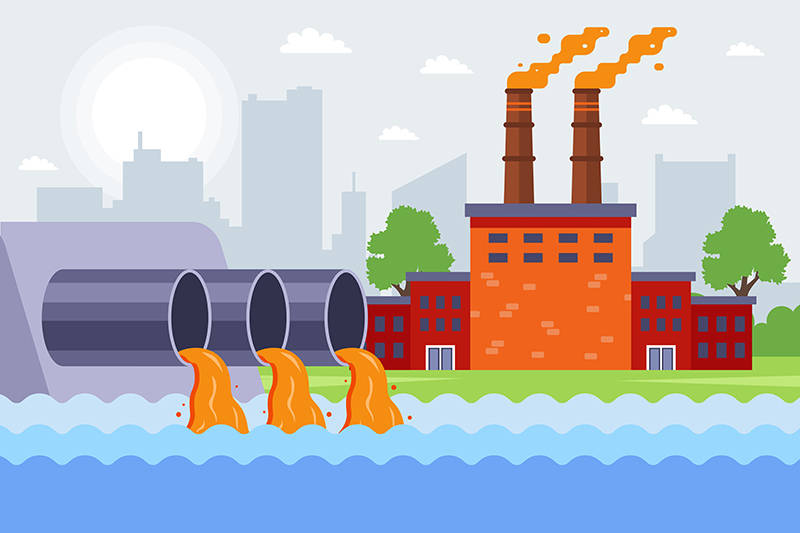function of poly aluminium chloride in water treatment
The Function of Poly Aluminium Chloride in Water Treatment
Water treatment is a crucial process in ensuring that water is safe for consumption and other uses. One of the key chemical agents employed in this process is Poly Aluminium Chloride (PAC). PAC is a type of inorganic polymer that has gained prominence in water treatment due to its effectiveness and versatility. This article will delve into the function of PAC in water treatment, highlighting its chemical properties, mechanisms, and benefits.
Poly Aluminium Chloride is created by the hydrolysis of aluminium chloride in water, resulting in a polymeric structure that enhances its coagulation properties. As a coagulant, PAC plays an essential role in removing impurities from water, including suspended solids, organic matter, and colloidal particles. These contaminants can cause water to appear turbid and may harbor harmful microorganisms. By adding PAC to water, it facilitates the aggregation of these particles, forming larger flocs that can be easily separated from the water.
The coagulation process is primarily driven by the positive charge of the PAC molecules. When PAC is introduced into water, it destabilizes the negatively charged particles, which are abundant in natural water sources. The electrostatic forces between the positively charged PAC and the negatively charged impurities lead to the formation of larger, settleable flocs. This not only improves the clarity of the water but also enhances filtration efficiency in subsequent treatment stages.
function of poly aluminium chloride in water treatment

Another significant advantage of PAC over traditional coagulants, such as Aluminium Sulfate, is its effectiveness over a wider pH range. PAC can perform optimally in various water chemistries, making it suitable for different water treatment scenarios. Its lower dosage requirement compared to conventional coagulants results in reduced sludge generation, which is a critical factor in waste management. This makes PAC not only efficient but also environmentally friendly.
Moreover, the use of PAC contributes to the reduction of disinfection by-products. When used in conjunction with disinfection processes, PAC helps to minimize the formation of harmful compounds that can arise from the reaction between chlorine and organic matter in water. This is particularly important for ensuring the safety of drinking water and preventing potential health hazards.
Another noteworthy benefit of PAC is its cost-effectiveness. The relatively low cost of PAC combined with its high performance translates into significant savings for water treatment facilities. The reduced need for other chemicals and the decreased volume of waste sludge further enhance economic feasibility.
In summary, Poly Aluminium Chloride plays a vital role in modern water treatment processes. Its ability to effectively coagulate and remove impurities from water not only improves water quality but also contributes to the overall efficiency and sustainability of water treatment systems. As the demand for clean water continues to rise, the importance of effective coagulants like PAC cannot be overstated. Through its innovative application in water treatment, PAC remains an essential component in ensuring that communities have access to safe and clean water.
-
Premium Isothiazolinones | Broad-Spectrum Biocidal SolutionsNewsAug.28,2025
-
LK-319 Special Scale And Corrosion Inhibitor For Steel Plants: Advanced Solutions for Industrial Water SystemsNewsAug.22,2025
-
Flocculant Water Treatment: Essential Chemical Solutions for Purification ProcessesNewsAug.22,2025
-
Isothiazolinones: Versatile Microbial Control Agents for Industrial and Consumer ApplicationsNewsAug.22,2025
-
Scale Inhibitor: Key Solutions for Water System Scale PreventionNewsAug.22,2025
-
Organophosphonates: Versatile Scale Inhibitors for Industrial Water SystemsNewsAug.22,2025





